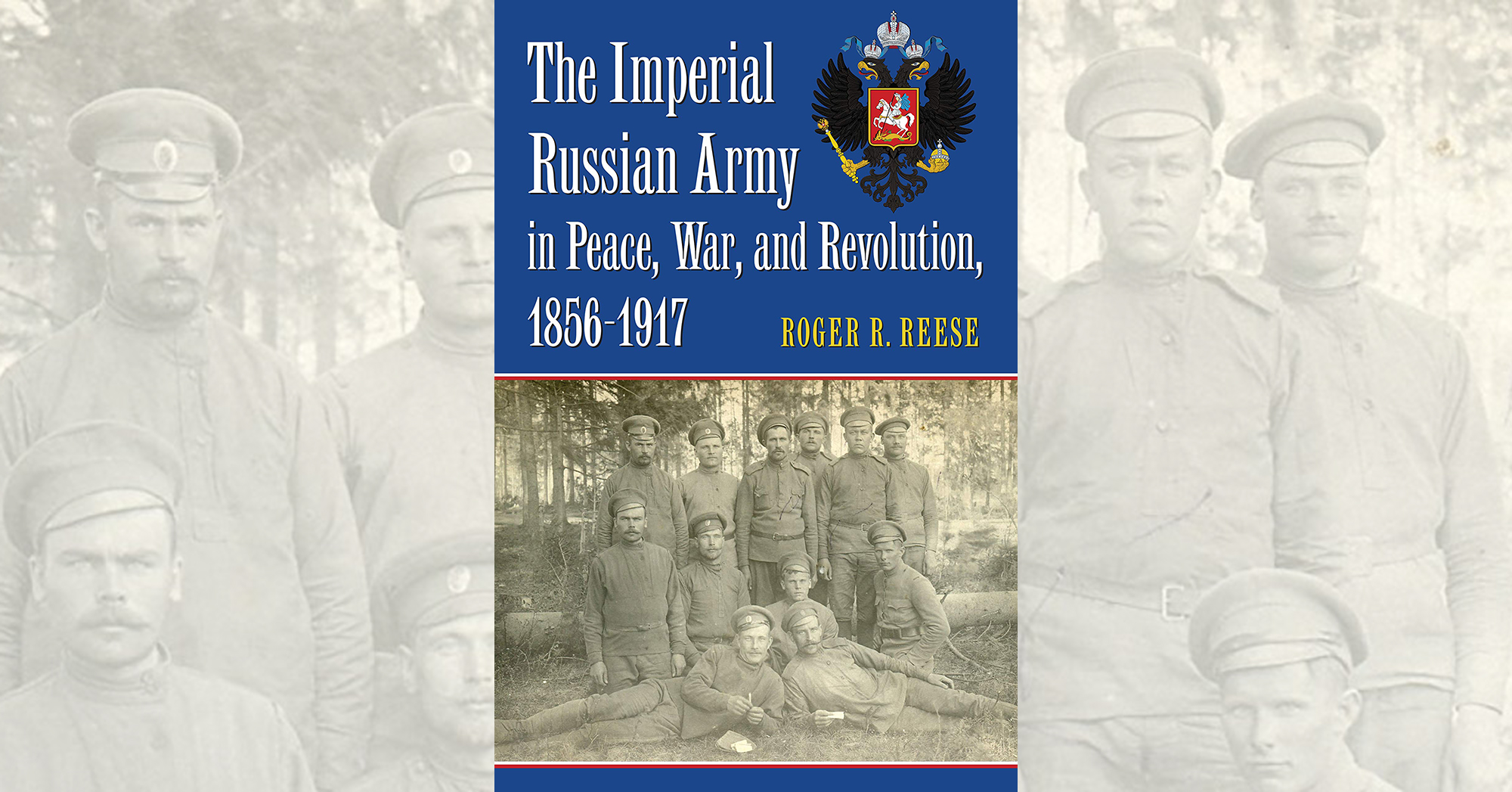The Imperial Russian Army in Peace, War and Revolution, 1856–1917, by Roger R. Reese, University of Kansas Press, Lawrence, 2019, $45
It is well known that Russia fell under communist control as a consequence of World War I. Less well understood are the reasons. Author Roger Reese examines the history, campaigns and structure of the imperial army and shows how fractured relations between its officer corps and rank and file proved decisive in its collapse.
Members of Russia’s noble families dominated the officer corps of the imperial army. Many were dilettantes who looked down on more recently ennobled officers. While by upbringing and training Russian officers emphasized personal heroism and leading from the front, they also demanded unthinking obedience from men they often literally pummeled into submission. Considering themselves servants of the tsar, the officers harbored an all-or-nothing commitment to Mother Russia. Many of their enlisted men had no such level of commitment. Thus the imperial army went into the war internally divided.
As Russia’s war fortunes sank and civil strife rocked the home front, the consequences were predictable. Faced with dissension in the ranks, old guard Russian officers’ devotion to the monarchy and harsh efforts to restore control alienated all but committed tsarists while undermining moderate coalitions that might have held communism at bay.
For those interested in the organization, training, internal workings and culture of military forces or in the way a nation’s military can influence its political history, Reese’s book is a fascinating read.
—James Baresel
This post contains affiliate links. If you buy something through our site, we might earn a commission.





